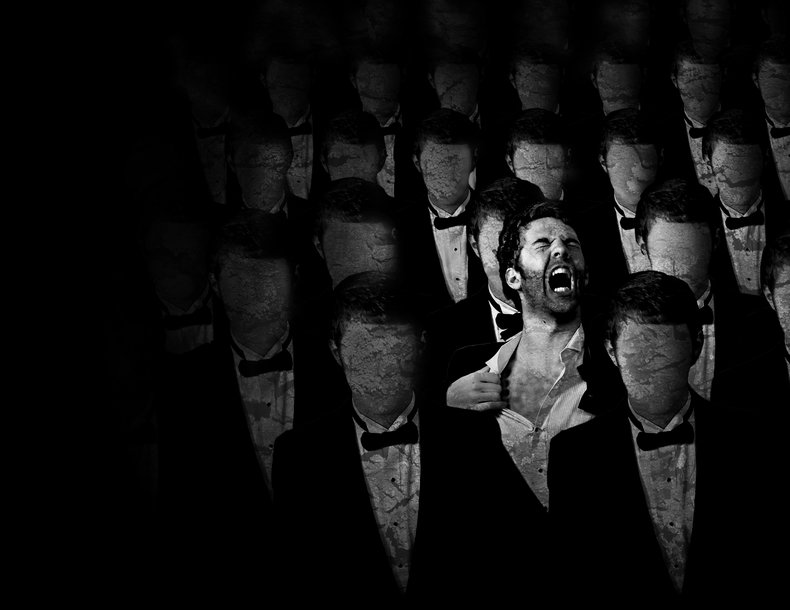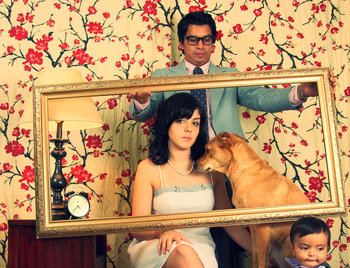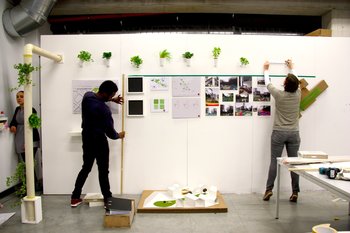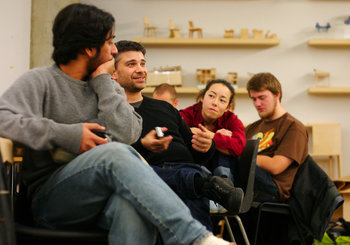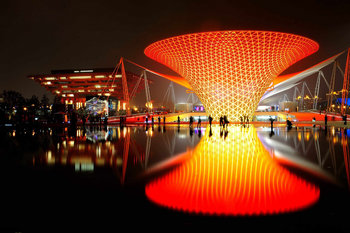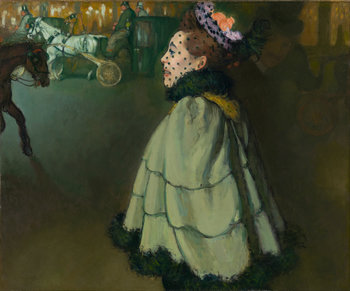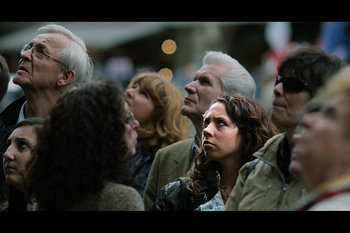Design Related Guides
Design
| |
Ban the average is the design principle that averages are unhelpful and counterproductive measures for human factors. It is used to defeat the common misconception that most people are average. The principle suggests that designs fail when they approach human factors by targeting averages.
Myth of AverageThe myth of average is the observation that an individual may be close to average for one factor but not for a large number of factors. In other words, everyone has uniqueness that diverge from average.As an example, 30% of people might be close to an average weight. With two factors, such as weight and height only 10% of people might be average for both. With ten or more factors, the percentage of people who are average on every count drops to a very low number. As such, designs that target the average are designed for nobody.
Design to the EdgesDesign to the edges is a technique for achieving the principle of ban the average that seeks to accommodate as many people as possible for each human factor. For example, a car may be designed to accommodate both unusually short and unusually tall drivers.|
Type | | Definition | The principle that averages are counterproductive measures for human factors. | Value | Designing for a wide range of people as opposed to the mythical average. | Related Concepts | |
Talent
This is the complete list of articles we have written about talent.
If you enjoyed this page, please consider bookmarking Simplicable.
A comprehensive guide to design.
An overview of color theory.
The difference between layout and composition.
The difference between modeless and contextual user interfaces explained.
A list of common types of design.
The steps in a design process.
The common types of design quality.
A definition of universal design with examples.
A definition of sensory design with examples.
An overview of emotional design.
The definition of elegance with examples.
A list of human factors in design.
An overview of value sensitive design.
A definition of human readable.
A definition or error tolerance with examples.
The definition of decision fatigue with examples.
The definition of demographics with examples.
The definition of pessimism with examples.
The definition of achieved status with examples.
The definition of the human condition with examples.
A list of words for emotion.
TrendingThe most popular articles on Simplicable in the past day.
Recent posts or updates on Simplicable.
Site Map
© 2010-2023 Simplicable. All Rights Reserved. Reproduction of materials found on this site, in any form, without explicit permission is prohibited.
View credits & copyrights or citation information for this page.
|
